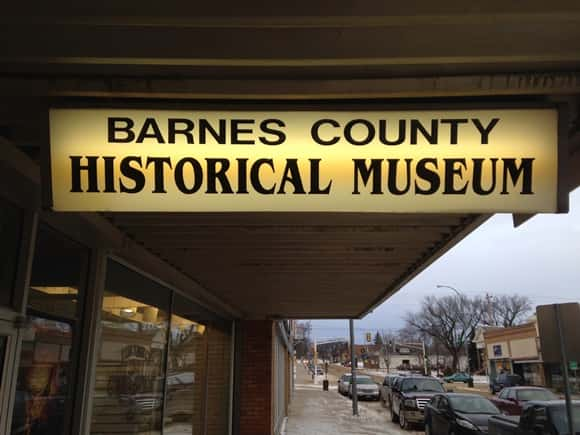
VALLEY CITY, N.D. (NewsDakota.com) – The Barnes County Historical Society Lecture Series Season 21 Presents: Dr. Gary Krapu “A Scientist Reflects on 45 Years Working as a Time Travelers Aide.” 7PM Thursday, April 28th at the Barnes County Museum. 315 Central Ave N, Valley City.
Over the 45-year span, Dr. Krapu has studied sandhill cranes, he capitalized on advances in technology to gain detailed insight into the lives of the birds. Over the course of his work, Gary has traveled across much of the species’ range which extends from northeastern Russia to Central Mexico and his travels brought him in contact with the people occupying the lands used by cranes and through symposia with crane researchers from across the globe. Gary’s work has taken him to exotic and remote places where he likely would not have traveled had it not been for the cranes and in the process experienced adventure, unexpected encounters, and some risk at times. Spread throughout the talk, Gary will insert important scientific findings stemming from the work he and colleagues have been involved in. He will begin his talk by discussing an unforeseen nightmare following Secretary of Interior Cecil Andrus unexpected decision in May 1978 to designate 56 miles of the Central Platte River in Nebraska as Critical Habitat for Whooping Cranes to forestall further upstream development that threatened the river’s remaining flows. The Secretary’s move brought on a firestorm of opposition from upstream developers and other western water interests seeking to limit federal involvement in western water development. This outcry was followed by a call for hearings to prove the Secretary’s decision was based on politics rather than on science and their findings would be used to encourage Congress to rescind the Secretary’s decision. In a move that would forever change Gary’s life, the Secretary decided that Gary would be the Government’s sole Expert Scientific Witness to defend his decision. Eight months of hell ensued for Gary as a bench full of opposing lawyers through harsh interrogation attempted to destroy his credibility as an expert witness in order to get the Secretary’s decision overturned. When the hearings finally ended, the Critical Habitat Designation remained in place, and the Platte was still flowing, but Gary was too exhausted to celebrate. The harsh treatment he had received had led to PTSD and sleep deprivation would continue to be a problem for years. The unrelenting attacks Gary had experienced had convinced him that even though this species had survived in midcontinent North America for 2.5 million years based on the fossil record, the birds now needed all the help they could get. Gary concluded that through research, he could help define crane critical needs and hopefully forestall future battles of the type that had come close to destroying the most important spring staging area for sandhill cranes on the planet.
Dr. Krapu is a native of North Dakota and received his Ph.D. in Animal Ecology from Iowa State University in 1972. He spent 42 years as a Research Biologist at the Northern Prairie Wildlife Research Center at Jamestown, North Dakota working 25 years for the U.S. Fish and Wildlife Service and 17 years for U.S. Geological Survey before retiring in 2011. He continues being involved in sandhill crane research through the Center while in an Emeritus status. He spent a major part of his career working on geographic distribution, habitat needs, nutritional requirements, migration ecology, and population ecology of the Midcontinent Population of sandhill cranes. From the start of sandhill crane studies in 1977 to his most recent research, sandhill cranes use of the Central Platte River Valley has been an important focus of his research. In his most recent monograph entitled “Spring Migration Ecology of the Mid-continent Sandhill Crane Population with an Emphasis on Use of the Central Platte River Valley, Nebraska” Gary and colleagues provide an overview on several key aspects of sandhill crane use of the Central Platte River Valley and other migration stopovers. Most recently, Gary has focused his attention on sandhill crane ecology in northeastern Russia and on a relatively new major spring staging area of greater sandhill cranes in eastern South Dakota.
All Lectures are at the Barnes County Historical Society Museum and held in conjunction with Valley City State University. They are free and open to the public.
For more information contact Wes Anderson at 701-845-0966.
Barnes County Historical Society
315 Central Ave N
Valley City, ND 58072
